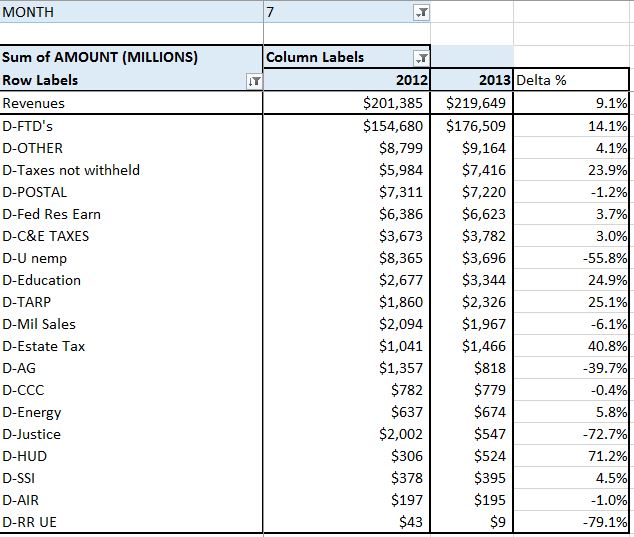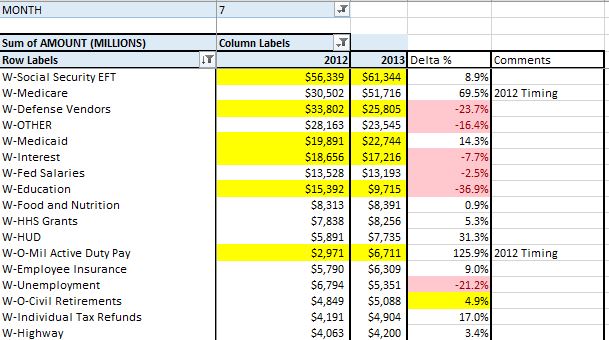Emily Fox has an interesting article over at money.com today :Worker wages: Wendy’s vs. Wal-Mart vs. Costco. Apparently…Costco pays its hourly workers about $20 an hour, with health benefits and a 401k, compared to an average of $13 at Wal-Mart. So…of course, the liberal answer is quite simple…let’s just raise everybody’s wages….double or triple them…and everything will be right with the world…right?
Well…no. You see…if I had to bet…Costco pays more simply because they have a very different human resources strategy. Rather than hiring a lot of low level, borderline employable people like Wal-Mart…instead, they are willing to pay much higher wages…for a much higher quality employee. You pay more…you get more.And it seems to be working for them…their sales per employee is nearly double that of Sams Club according to the article.
So…you see… Costco didn’t just take a lot of minimum wage employees and triple their wages like the liberals seem to believe. No…they went out and hired competent, productive employees….who happen to cost about $20 per hour. Yes it costs more…but for them, the increase in productivity, lower headcount, lower turnover, and satisfied customers make it worth it.
Now…this isn’t to say one strategy is better than the other…clearly both Wal-Mart and Costco are doing quite well…despite very different strategies. Just don’t confuse the correlation with the causation. Costco employees aren’t better at their jobs because they are paid more…they are paid more because they are better employees. You could take a Wal-Mart cashier making $8 an hour… odds are….they wouldn’t make it a month at Costco before being fired.

